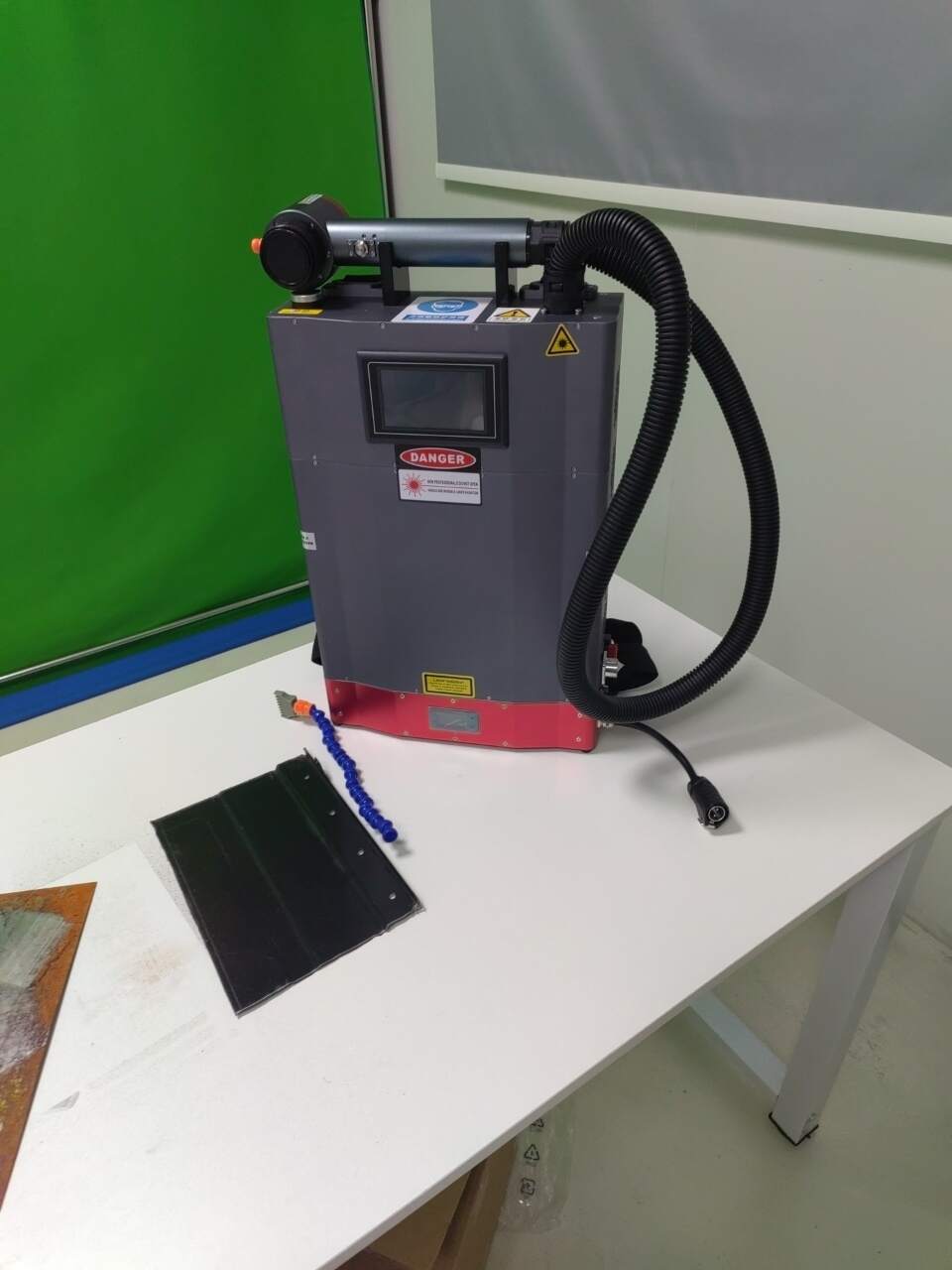
- English
- Español
- Português
- русский
- Français
- 日本語
- Deutsch
- tiếng Việt
- Italiano
- Nederlands
- ภาษาไทย
- Polski
- 한국어
- Svenska
- magyar
- Malay
- বাংলা ভাষার
- Dansk
- Suomi
- हिन्दी
- Pilipino
- Türkçe
- Gaeilge
- العربية
- Indonesia
- Norsk
- تمل
- český
- ελληνικά
- український
- Javanese
- فارسی
- தமிழ்
- తెలుగు
- नेपाली
- Burmese
- български
- ລາວ
- Latine
- Қазақша
- Euskal
- Azərbaycan
- Slovenský jazyk
- Македонски
- Lietuvos
- Eesti Keel
- Română
- Slovenski
- मराठी
- Srpski језик
What is the difference between ultrasonic cleaning and laser cleaning?
2023-11-22
A surface can be cleaned using either ultrasonic cleaning or laser cleaning, which are two distinct techniques for getting rid of impurities or undesired material. The following are the main variations between the two approaches:
The idea behind ultrasonic cleaning is to employ high-frequency sound waves to loosen and remove dirt or debris from an object's surface by creating tiny cavitation bubbles. On the other hand, impurities on an object's surface are vaporized or abated using a powerful laser beam during laser cleaning.
Materials: Metals, polymers, glass, and ceramics are among the materials that can be cleaned with ultrasonic technology. On the other hand, materials with a high threshold for laser energy absorption, such metals and some ceramics, are better suited for laser cleaning.
Precision and control: Due to its ability to provide more control over material removal, laser cleaning is a more precise process than ultrasonic cleaning. For fragile or intricate materials, the ability to focus the laser beam to remove only a specific area while leaving surrounding parts unaffected is quite beneficial. While laser cleaning may be more exact, ultrasonic cleaning might be more effective for wider regions.
Safety: Since ultrasonic cleaning produces no intense heat or sparks that could harm the object being cleaned, it is generally regarded as a safer way of cleaning. However, due to the strong laser beam used in laser cleaning, it is less safe, and appropriate safety measures must be followed to prevent harm or damage.
In conclusion, laser cleaning may be more exact than ultrasonic cleaning, notwithstanding the latter's effectiveness. Therefore, ultrasonic cleaning might be more effective for broader regions or where high precision is not as crucial, while laser cleaning works best for delicate or intricate materials where precision is important.




